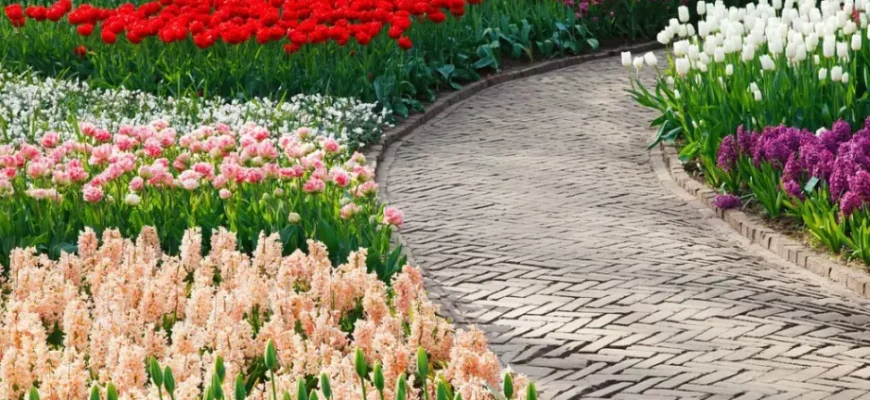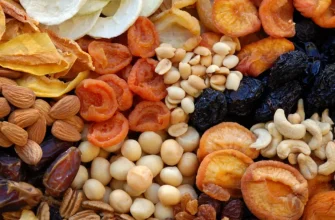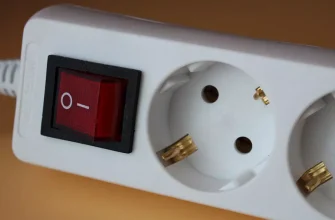1. Choose the right season
Spring is the best time of year to transplant houseplants. The sun during this period not only shines, but also warms. In addition, the length of daylight hours increases significantly. At the same time, houseplants are beginning to come out of dormancy and prepare for vegetation.
2. Don’t ignore illnesses
Before transplanting a plant, carefully inspect it for the presence of possible diseases or pests. Then you can determine if the pot below is suitable for other plants.
3. Saturate the plant with water
For the plant, transplanting brings additional stress, so after this activity abundant watering is necessary so that the plant can stock up on the moisture and nutrients it needs, experts say. At the same time, it is important to remember that increased watering is a loose concept and the amount of water required depends on the specific type of plant.
4. Choose a transfer method
Contrary to popular belief, transplanting is not just about taking a plant out of one pot and putting it in another. It is customary to distinguish at least three methods of transplantation:
• Classic transplant. In this variant, the plant is taken out of the ground, shaken off the lumps of soil and then planted in another pot. This method is best for healthy plants;

Each indoor plant has the ability not only to purify the air from harmful impurities, but also to influence the energy in a room…
• complete soil replacement. When transplanting from a plant, the remnants of the old soil are completely cleaned. This method is used when transplanting plants with diseases or subjected to improper care;
• overload. The plant is taken out of the pot together with the soil, after which the lack of soil is filled. The task of this method is to make sure that the plant does not have time to understand that it has been transplanted.
5. Choose the right soil
It depends on the soil how well the plant will withstand the “relocation” and how it will take root in the new place. The most reliable option is to buy a ready-made substrate of the desired type in the store. As a rule, manufacturers indicate on the package the soil for which plants are suitable.
6. Pay attention to the pot

According to feng shui, the flowers grown in our home bring various energies. Here are some representatives of the flora and what energy I would…
One of the important rules is that the new container should have a diameter of three to five centimeters larger than the diameter of the old pot. Plant species can have root systems of different shapes, and the pot should take this into account.
7. Take care of the drainage
Many pot manufacturers make the drainage holes too small, which can lead to stagnant moisture. This, in turn, is fraught with rotting of the roots and oxidation of the soil. Therefore, when taking a pot, judge the size of the drainage holes according to the moisture needs of the plant.
8. Let the plant rest
After transplanting, the plant must rest. During this period, it is recommended to limit watering, especially for plants that prefer a dry climate. In normal mode, watering can resume after a few days. Also, at this time the plant should not remain in direct sunlight.








